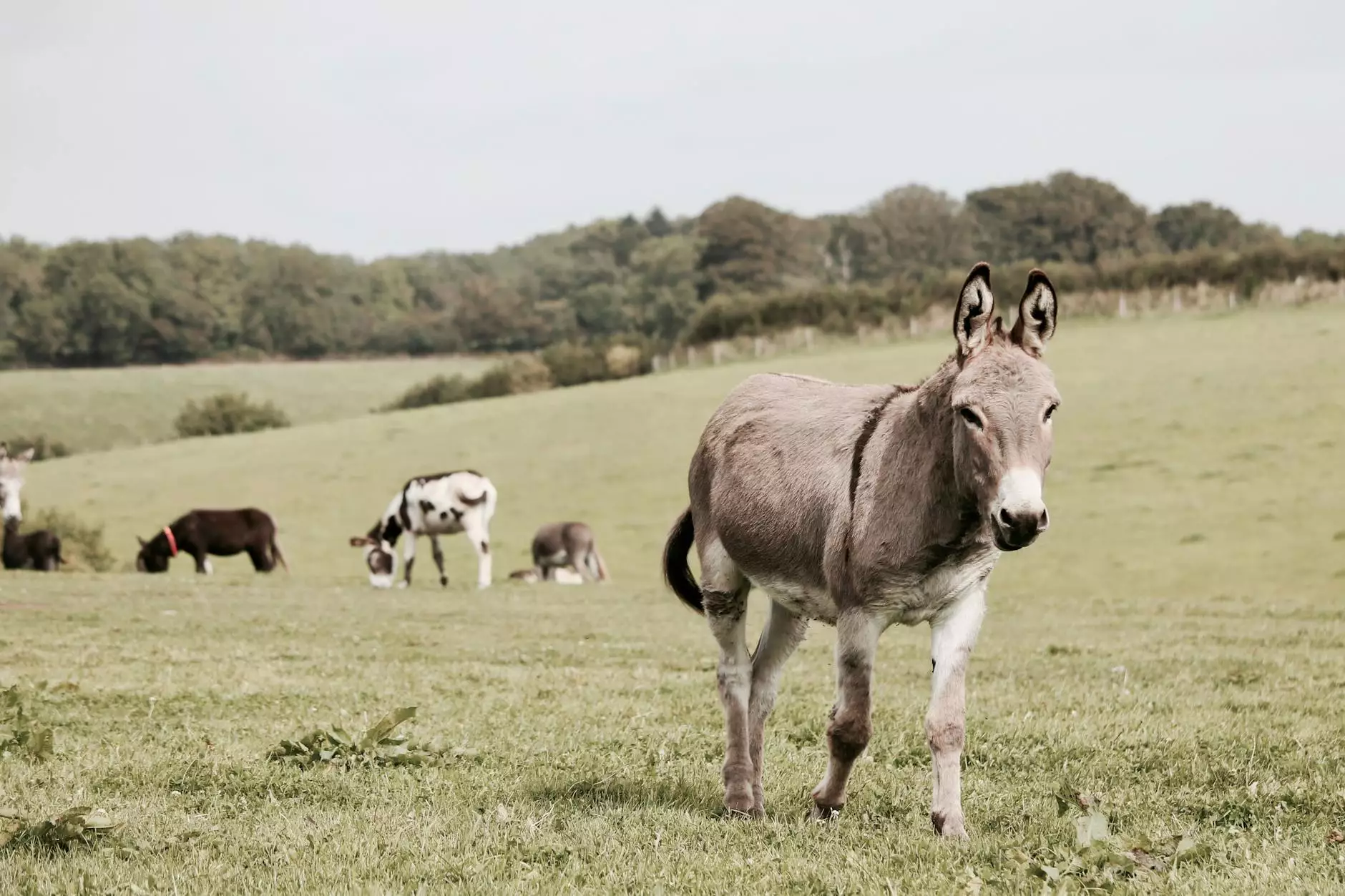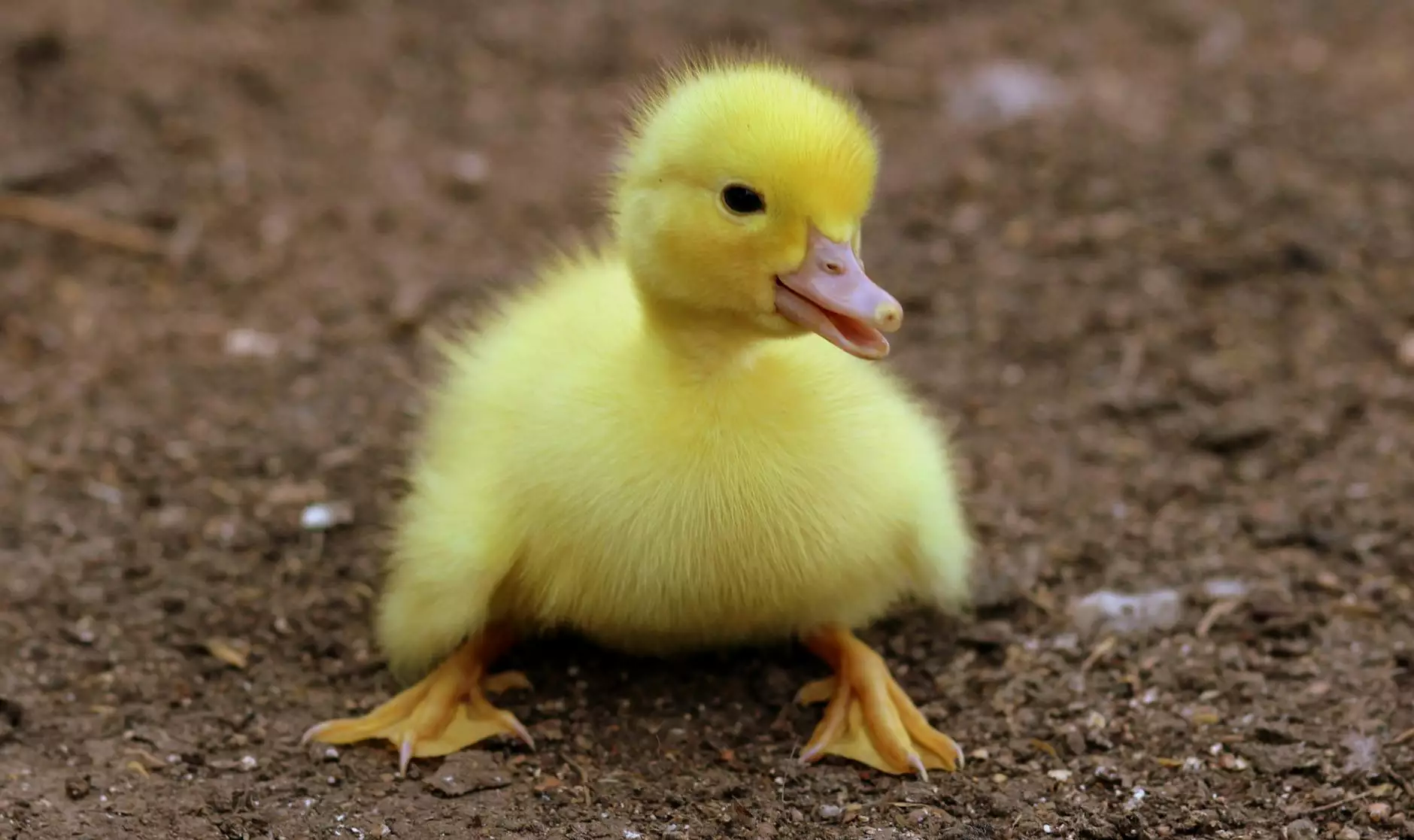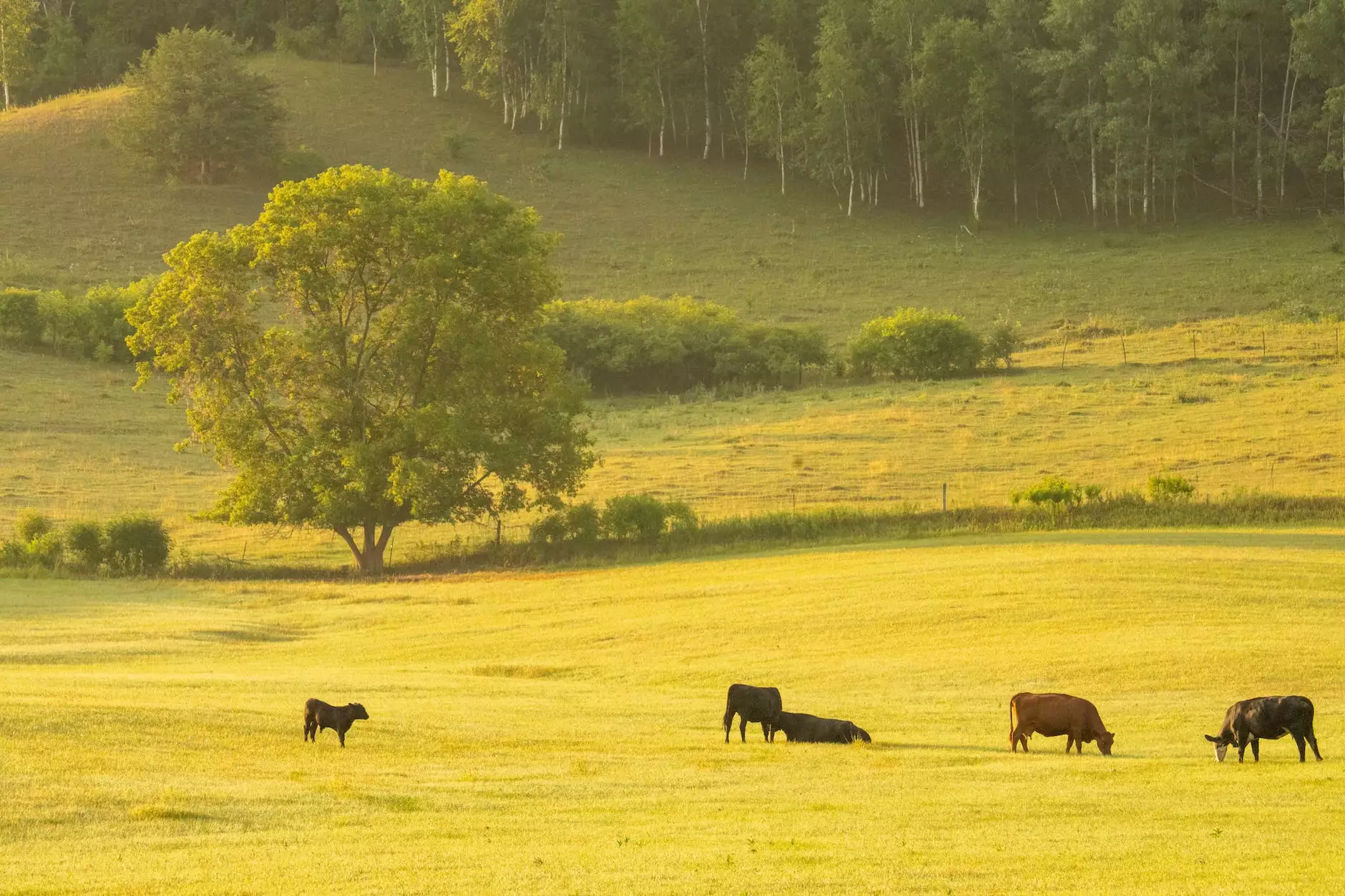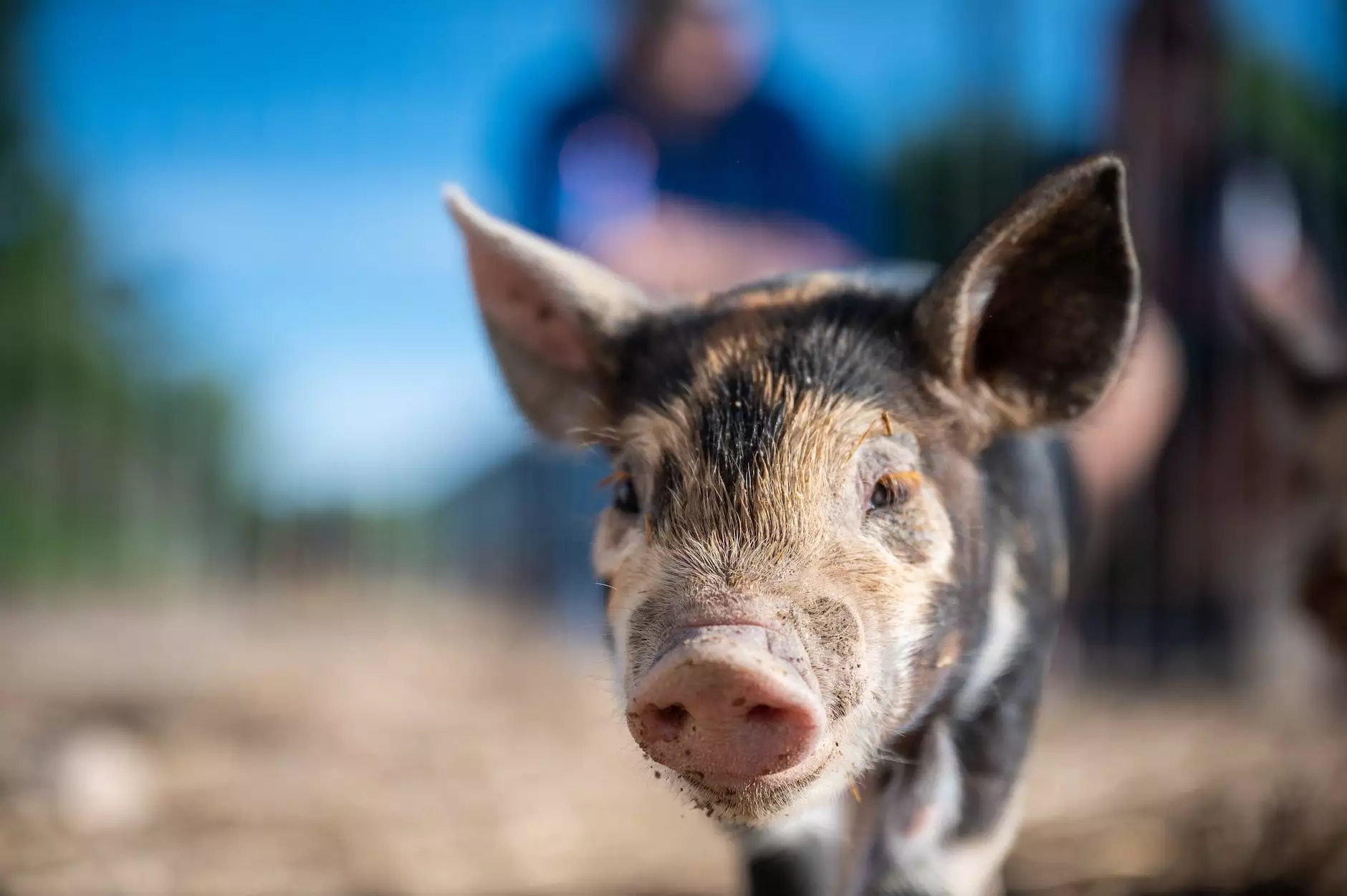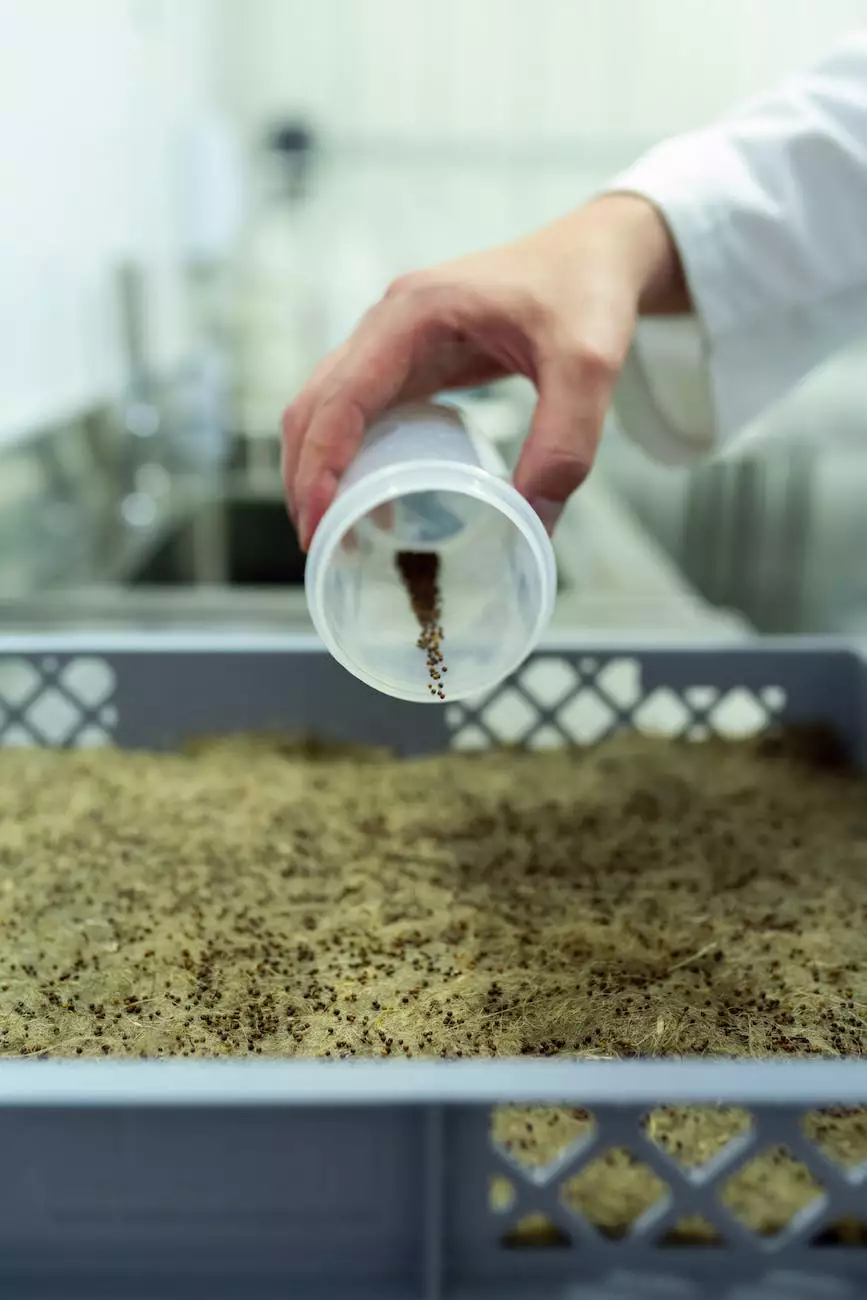Diseases of sheep: Twin Lamb Disease during pregnancy
About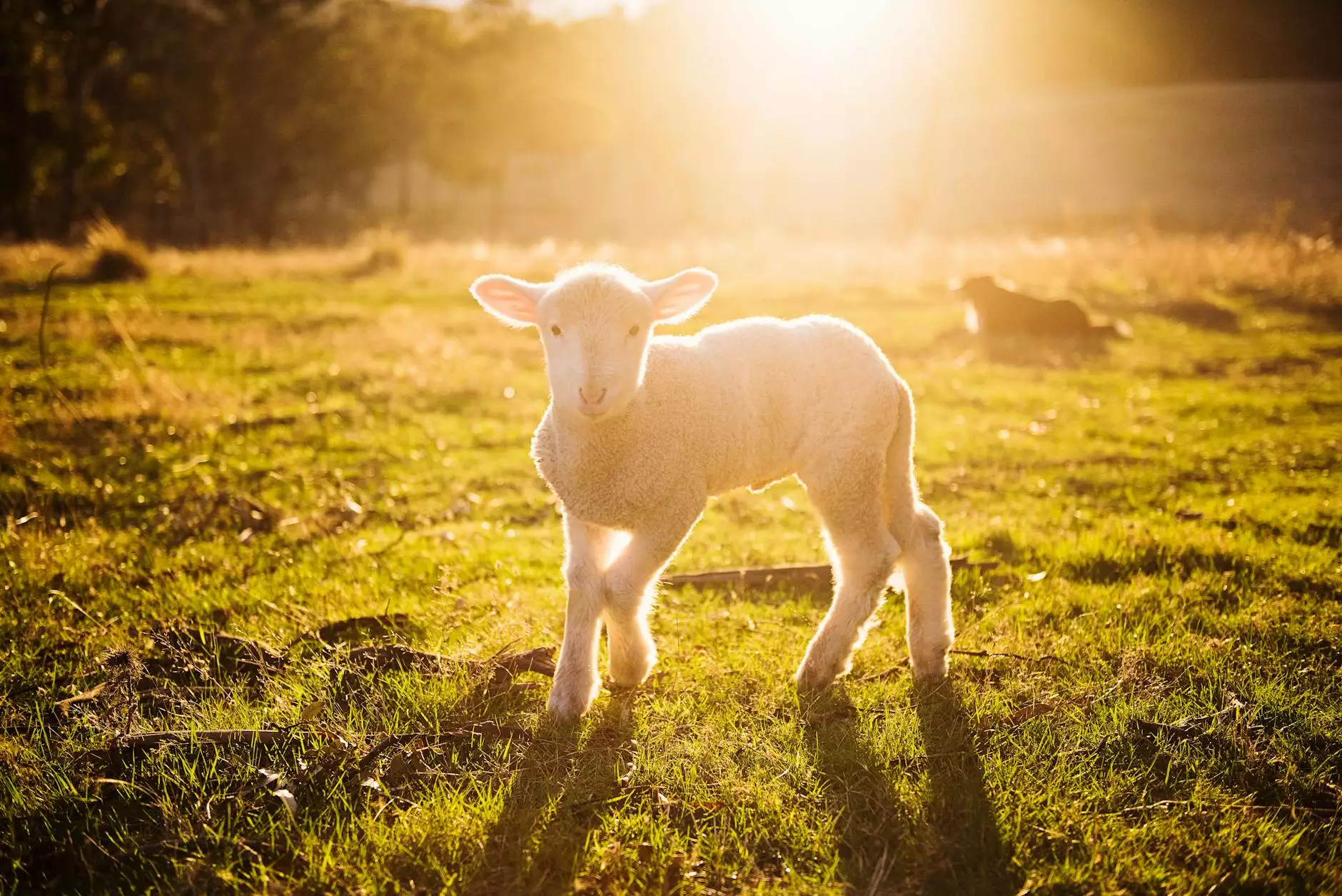
Introduction
Welcome to Pollen Bank's comprehensive guide on Twin Lamb Disease during pregnancy in sheep. In this article, we will provide you with an in-depth understanding of the causes, symptoms, and prevention strategies for this condition that affects pregnant ewes.
What is Twin Lamb Disease?
Twin Lamb Disease, also known as Pregnancy Toxemia, is a metabolic disorder commonly observed in sheep during late pregnancy. It occurs when the energy demands of the growing fetus(es) exceed the nutritional intake of the mother, leading to a negative energy balance.
Causes
The primary cause of Twin Lamb Disease is an imbalance between the energy requirements of the fetus(es) and the energy intake of the ewe. This imbalance can be influenced by various factors, including:
- Inadequate nutrition: Insufficient intake of energy-rich feeds
- Inability to consume enough food: When overcrowding or other factors limit access to food
- Poor body condition: Ewes with lower body condition scores are at a higher risk
- Stress: Environmental or management-related stressors affecting feeding behavior
- Infections and other illnesses: Underlying health issues can contribute to the development of Twin Lamb Disease
Symptoms
Twin Lamb Disease can manifest with various symptoms, which may include:
- Reduced appetite and decreased feed intake
- Weakness and lethargy
- Weight loss
- Unsteady gait
- Dull coat and poor body condition
- Incoordination or staggering
- Neurological signs, in severe cases
Prevention
Prevention is crucial when it comes to Twin Lamb Disease. Here are some key strategies to minimize the risk:
- Proper nutrition: Provide a well-balanced diet that meets the energy requirements of pregnant ewes.
- Monitoring body condition: Regularly assess the body condition scores of the flock and address any inadequacies promptly.
- Manage stress: Reduce stressors in the environment, such as excessive noise or sudden changes in routine, that can affect the feeding behavior of pregnant ewes.
- Individual attention: Provide individual care to ewes that show signs of low energy or other health issues.
- Vaccinations and health management: Follow a proper vaccination schedule and maintain regular health checks to prevent underlying illnesses.
Pollen Bank: Your Sheep Health Partner
At Pollen Bank, we understand the importance of maintaining the health and well-being of your sheep, especially during pregnancy. As a leading provider of food and supplements for sheep, we offer a wide range of products designed to meet their specific nutritional needs.
Our expert team is dedicated to ensuring the highest quality of products, carefully formulated to support the optimal health of your flock. We prioritize the use of natural, high-quality ingredients that deliver the necessary nutrients to prevent conditions like Twin Lamb Disease.
With Pollen Bank, you can be confident that you are providing your sheep with the best care and nutrition throughout their pregnancy journey.
Conclusion
Twin Lamb Disease is a significant concern for sheep farmers during pregnancy, but with proper knowledge and preventive measures, it can be effectively managed. By prioritizing the health and well-being of your flock, and utilizing the expertise and quality products offered by Pollen Bank, you can ensure the successful pregnancy and birth of healthy lambs.


